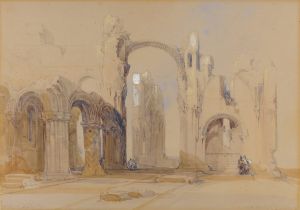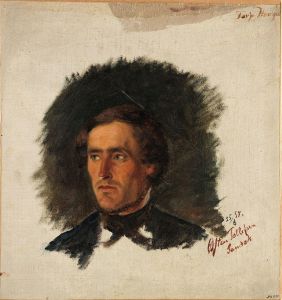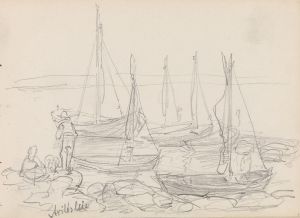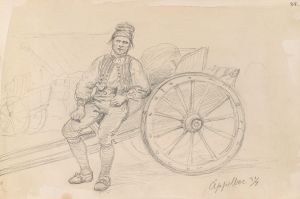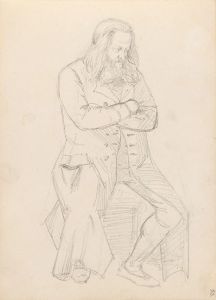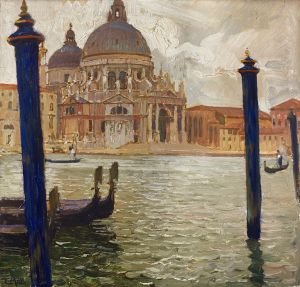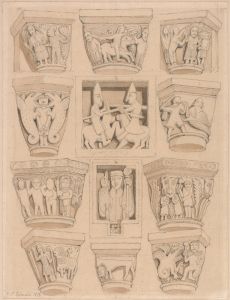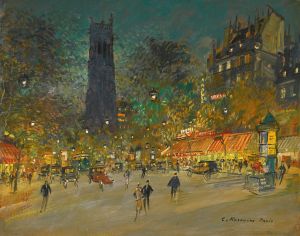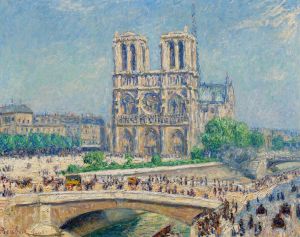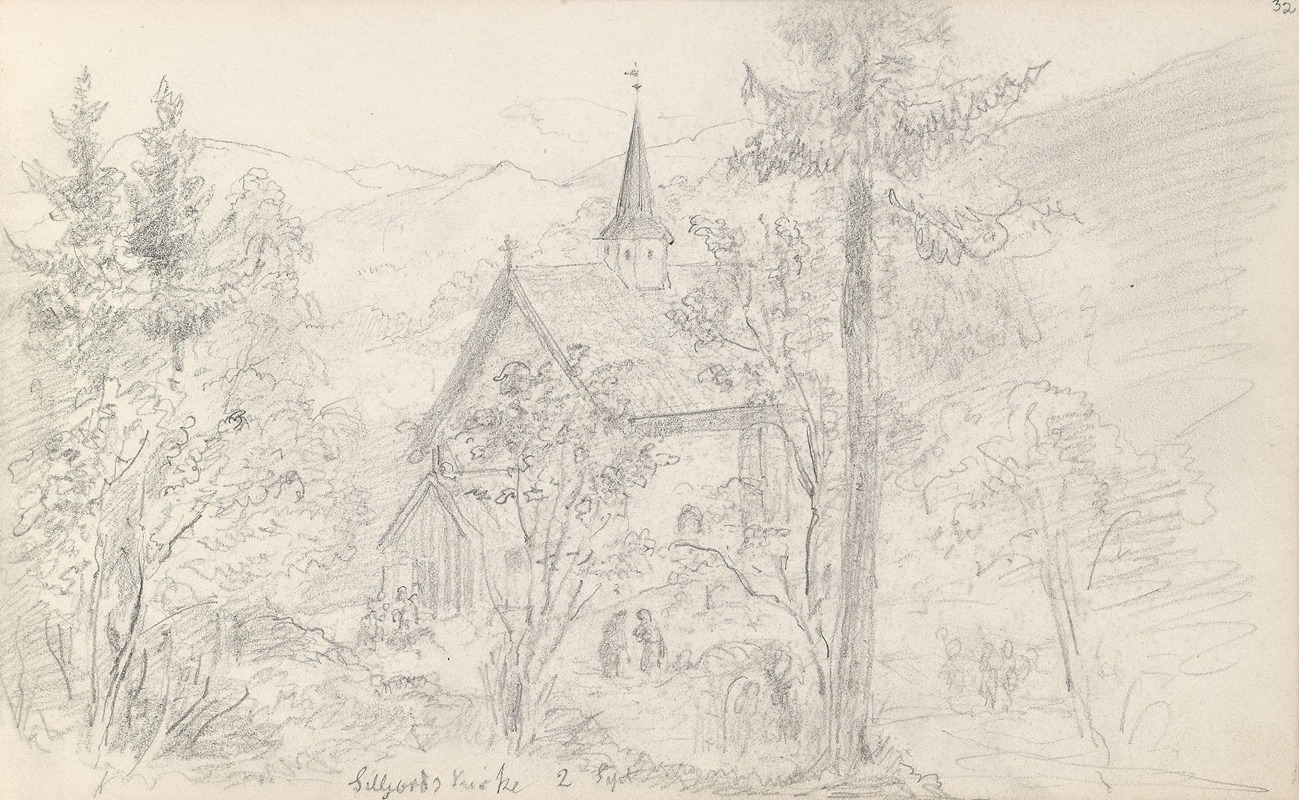
Seljord kirke
A hand-painted replica of Adolph Tidemand’s masterpiece Seljord kirke, meticulously crafted by professional artists to capture the true essence of the original. Each piece is created with museum-quality canvas and rare mineral pigments, carefully painted by experienced artists with delicate brushstrokes and rich, layered colors to perfectly recreate the texture of the original artwork. Unlike machine-printed reproductions, this hand-painted version brings the painting to life, infused with the artist’s emotions and skill in every stroke. Whether for personal collection or home decoration, it instantly elevates the artistic atmosphere of any space.
Adolph Tidemand was a prominent Norwegian painter known for his detailed and culturally rich depictions of Norwegian life and landscapes during the 19th century. One of his notable works is "Seljord kirke," which translates to "Seljord Church." This painting is part of Tidemand's broader oeuvre that captures the essence of Norwegian rural life and its traditions.
Adolph Tidemand was born on August 14, 1814, in Mandal, Norway. He studied art in Copenhagen and later in Düsseldorf, Germany, which was a significant center for art education at the time. Tidemand became associated with the Düsseldorf School of painting, which emphasized detailed and realistic portrayals of everyday life. His works often focused on Norwegian themes, reflecting the national romanticism movement that sought to celebrate and preserve Norwegian culture and identity during a period of increasing nationalism.
"Seljord kirke" is a painting that exemplifies Tidemand's interest in Norwegian cultural heritage. Seljord Church is located in the village of Seljord in Telemark county, Norway. The church itself is a medieval structure, with parts of it dating back to the 12th century. It is known for its distinctive architecture and historical significance in the region. Tidemand's painting captures the church in its rural setting, highlighting its role as a central and enduring part of the community.
The painting is characterized by Tidemand's meticulous attention to detail and his ability to convey the atmosphere of the Norwegian countryside. His use of light and shadow, along with his careful rendering of architectural elements, brings the scene to life. The church is depicted with its surrounding landscape, which may include elements such as trees, hills, and possibly figures of people, though specific details of the painting's composition are not widely documented.
Tidemand's work, including "Seljord kirke," played a crucial role in shaping the visual identity of Norway during the 19th century. His paintings were not only appreciated for their artistic quality but also for their cultural significance. They provided a visual record of Norwegian traditions, architecture, and landscapes at a time when the country was experiencing significant social and political changes.
Throughout his career, Tidemand received numerous accolades and his works were exhibited widely. He was celebrated for his ability to capture the spirit of Norway and its people. His paintings remain an important part of Norway's cultural heritage and continue to be studied and appreciated for their historical and artistic value.
In summary, "Seljord kirke" by Adolph Tidemand is a significant work that reflects the artist's dedication to portraying Norwegian culture and history. Through his detailed and evocative style, Tidemand has left a lasting legacy that continues to resonate with audiences today.





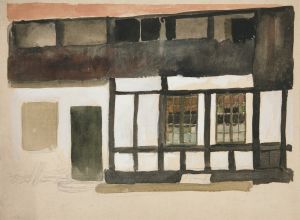
![Gate of Victory [Bab an-Nasr], and Mosque of El Hakim.](/imgs/217487/s/david-roberts-gate-of-victory-bab-annasr-and-mosque-of-el-hakim-b179ecfb.jpg)
